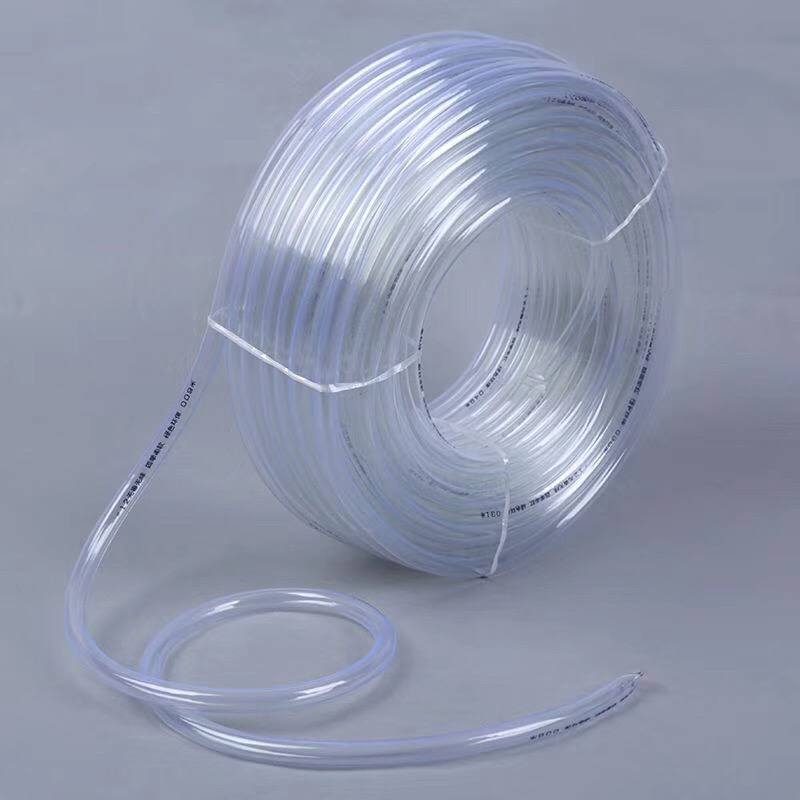Durable 6-Inch Lay Flat Hose for Efficient Water Transfer and Irrigation Applications
Understanding the 6-Inch Lay Flat Hose Features, Benefits, and Applications
In the world of fluid transportation, the lay flat hose has emerged as a critical component for various applications. Among these, the 6-inch lay flat hose stands out due to its versatile nature, durability, and ease of use. This article will explore the key features and benefits of the 6-inch lay flat hose and its numerous applications across different industries.
What is a Lay Flat Hose?
A lay flat hose is a flexible and lightweight hose designed to transport water and other fluids in a variety of settings. Unlike traditional hoses, lay flat hoses can be easily stored and transported when not in use. When filled with fluid, they expand and lay flat, thus preventing kinks and blockages that can hinder fluid flow. This characteristic makes them particularly useful in irrigation, construction, dewatering, and fire protection.
Features of the 6-Inch Lay Flat Hose
The 6-inch lay flat hose comes equipped with several key features that enhance its functionality
1. Material Composition Typically made from PVC or polyurethane, these hoses are designed to resist abrasion and withstand various environmental conditions. The materials used ensure that they are both lightweight and durable, making them suitable for heavy-duty applications.
2. Pressure Rating Most 6-inch lay flat hoses are rated for specific pressure limits, allowing them to handle a wide range of applications, from low-pressure irrigation to high-pressure water transfer in construction sites.
3. Versatile Lengths The 6-inch lay flat hose is available in various lengths, allowing users to choose the appropriate size for their specific needs. Longer hoses can cover larger areas, while shorter ones can be maneuvered easily in confined spaces.
4. Ease of Storage When empty, the lay flat design allows for easy winding and storage. This is especially beneficial for industries that require frequent transportation of equipment, as it helps save space.
Benefits of Using a 6-Inch Lay Flat Hose
lay flat hose 6 inch

1. Cost-Effective Compared to traditional rigid pipes, lay flat hoses are often more affordable. They offer the same functionality with less material and labor costs associated with installation and maintenance.
2. Lightweight and Portable The lightweight nature of the 6-inch lay flat hose makes it easy to transport and install. This is particularly advantageous for emergency services that need to deploy hoses rapidly in firefighting situations or flood control.
3. Reduced Labor The ease of handling and installation reduces the amount of labor required for setup. Operators can quickly deploy the hose, making it ideal for urgent needs, such as irrigation and flood control.
4. Flexibility The 6-inch diameter allows for a significant flow of liquid, making it suitable for a variety of applications, including water supply for crops, draining water from construction sites, and controlling floodwaters.
Applications of the 6-Inch Lay Flat Hose
The versatility of the 6-inch lay flat hose allows it to be employed in numerous scenarios
- Agriculture Farmers use lay flat hoses for irrigation systems to deliver water efficiently to fields, especially in large agricultural setups. - Construction In construction, these hoses are utilized for dewatering sites, helping to manage excess water on job sites to facilitate work and improve safety.
- Firefighting Fire departments often rely on lay flat hoses to quickly deliver water from hydrants or water sources to firefighting equipment.
- Flood Control During heavy rains or storm surges, lay flat hoses can be employed as part of temporary flood control systems to redirect excess water.
In conclusion, the 6-inch lay flat hose presents a multitude of benefits that make it an essential tool across various industries. Its durability, ease of use, and versatility make it an invaluable asset for efficient fluid transfer and management solutions. Whether for agricultural, construction, firefighting, or flood control applications, this type of hose is sure to meet the demands of any fluid transportation task.
-
Top Quality Oxy Acetylene Hoses for Sale Fit for Welding DemandsNewsJul.28,2025
-
The Future of Pneumatic Air Tubes in IndustryNewsJul.28,2025
-
Superior and Reliable LPG Hose Pipe Solutions for Every NeedNewsJul.28,2025
-
Exceptionally Durable and Versatile Premium Braided PVC TubingNewsJul.28,2025
-
Best Adapters for Connecting Garden Hose to PVC Pipe ConnectionsNewsJul.28,2025
-
The Essential Role of LPG Hoses in Safe and Efficient Gas DistributionNewsJul.16,2025














